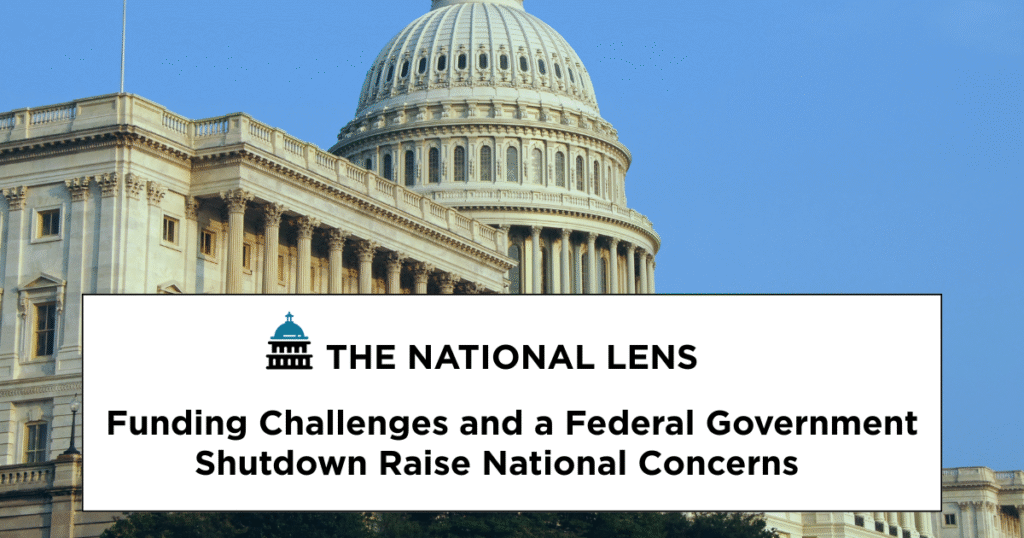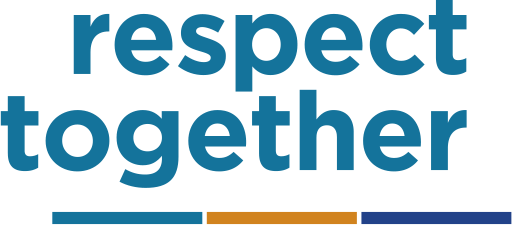
While the Pennsylvania Coalition to Advance Respect (PCAR) continues to advocate fiercely for state funding, the National Sexual Violence Resource Center (NSVRC) is tracking a troubling national trend: widespread underfunding for victim services and prevention.
Jennifer Grove, NSVRC’s Chief Operating Officer, has spent nearly three decades in this movement and says the financial strain on the field is deeply concerning.
“Over the years we’ve seen decreases here and there, Grove said. “We’ve also seen new grant funding for sexual violence in recent years – like American Rescue Plan funds, and a shift to fund sexual violence work with Family Violence Prevention & Services Act funds. However, those funds are now going away and for some, funding has been terminated.”
Across the country, state funding for sexual assault services and prevention varies widely. Several states are reporting the same struggles Pennsylvania now faces: stagnant funding, reduced grants, and uncertainty about what comes next.
At the federal level, the picture is just as grim. Federal agencies like the CDC Injury Center have been gutted, removing decades of experience and expertise. Domestic Violence Prevention Enhancement and Leadership Through Alliances (DELTA) and Rape Prevention and Education (RPE) program grants have been dramatically reduced.
The current crisis builds on a years-long downward trend in investment in sexual violence prevention and response, dating back to the federal Victims of Crime Act (VOCA) cuts in 2019.
“Funding for sexual violence has always been hard to come by,” Grove said. “It’s an ongoing battle to not only get the funds but to keep them — and see them grow as the need and costs increase.”
Despite these challenges, advocates across the country are stepping up to educate lawmakers about the life-saving impact of this work, sharing stories of the survivors who have been supported and communities strengthened by prevention programs.
The need for this advocacy is even more urgent amid a federal government marked by political gridlock and uncertainty. Programs now face not only cuts but also the uncertainty of whether or how long they will receive remaining grants. The potential halts to programs that provide nutrition assistance to low-income individuals and families like SNAP and WIC and expected rising health care costs further threatens the wellbeing of survivors and the underpaid advocates who serve them.
Even in these hard times, Grove still finds hope. “I am always amazed by the strength and resilience of survivors who use their voices to advocate for funding and services,” she said.
Equally important, she notes, are the advocates who keep this movement going. “I spent seven years as an advocate, and that experience was foundational for my work,” Grove reflected. “When I hear advocates talk passionately about their commitment, even in the face of adversity, it makes me proud to be working alongside them.”
Times of struggle are not new to this movement, and history shows that solidarity can overcome even the toughest challenges. “I count our staff in this group as well,” Grove said. “They continue to show up every day, dedicated to supporting survivors, advancing victims’ rights, and preventing sexual abuse, assault, and harassment.”
